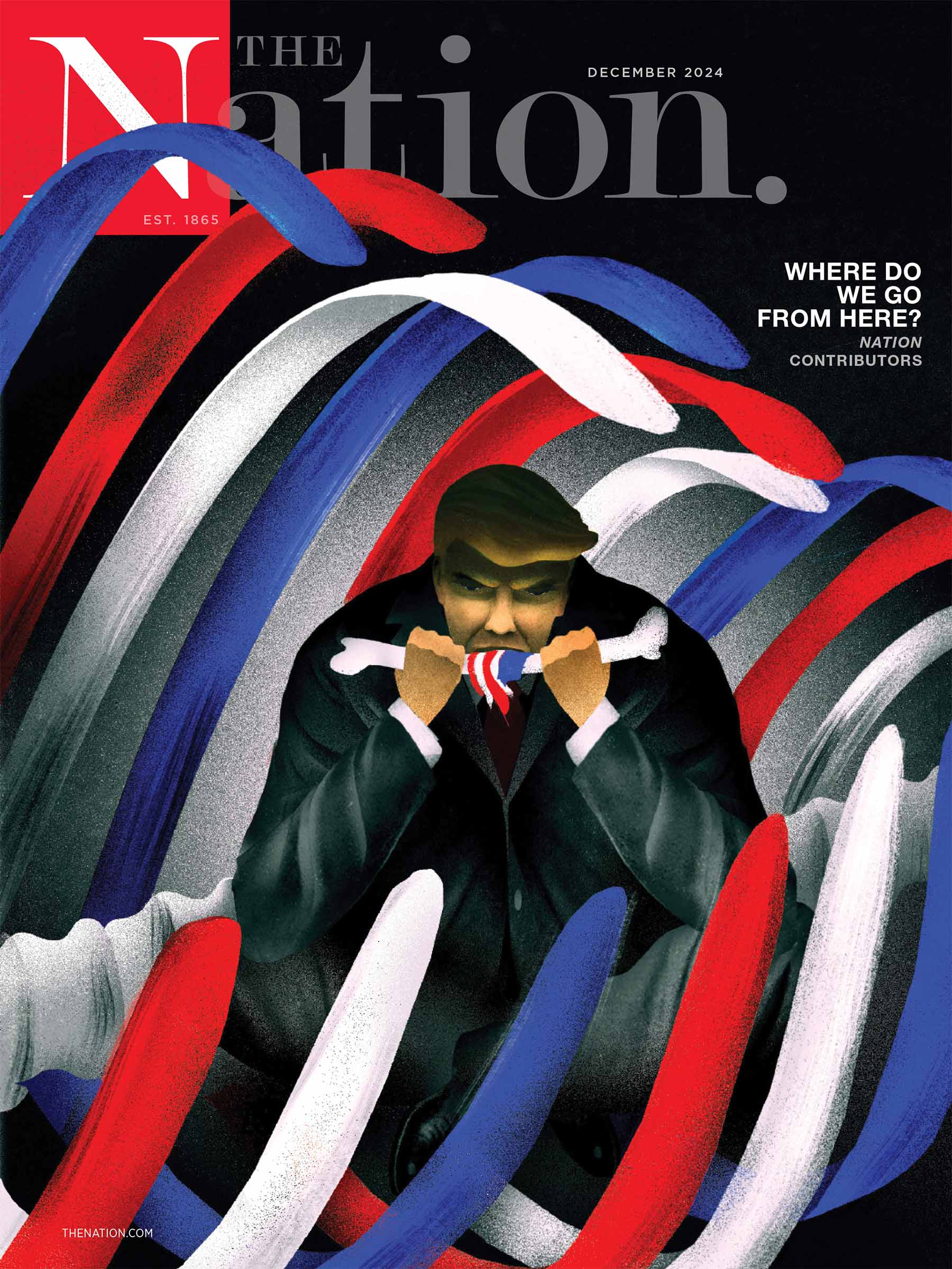Right Now We Must Remember That War Is Never Obligatory
Russia is a warning of what we might someday face as a nation if we become inured to violence at home and abroad.
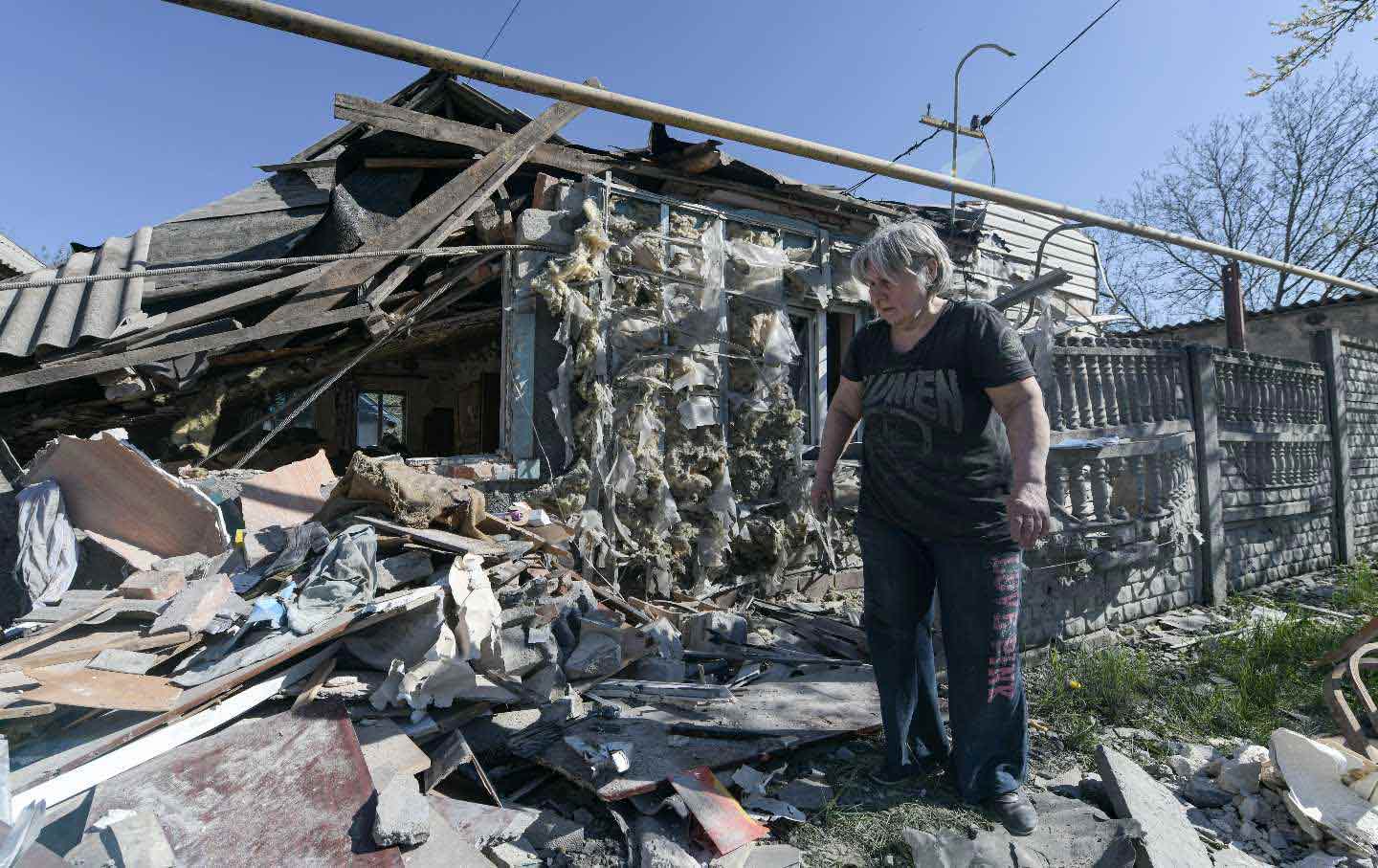
A woman goes through the rubble of her ruined house after the shelling in Russian-controlled territory of Donetsk, Ukraine.
(Stringer / Getty)This article originally appeared at TomDispatch.com. To stay on top of important articles like these, sign up to receive the latest updates from TomDispatch.com.
Reacting to the terrorist attacks by the Palestinian militant group Hamas that killed more than 1,400 Israelis, Americans have been remarkably focused on whether we should support Israel or the residents of Gaza. In either case, we act as if Israel’s only possible decision was whether or not to launch a war against Gaza. In the country that waged a disastrous 20-year “global war on terror” in response to the 9/11 attacks, it seems strange that there’s been so little discussion about what such a decision might mean in the long term. Going to war is just that—one decision among many possibilities, including taking steps to strengthen and democratize the states where such armed militias may otherwise flourish.
As a cofounder of Brown University’s Costs of War Project, it’s become a focus of mine to show just what’s happened to us because our government, more than two decades after the 9/11 attacks, continues to fight a “war on terror” (whatever that may mean) in some 85 countries. Yes, that’s right: 85 countries! We’ve armed foreign militaries, flown our drones in a devastating fashion, run prisons (often in places with far laxer human-rights standards than ours), trained foreign militaries, and sometimes fought directly alongside them.
Over the years, the 2,977 American lives taken by Osama bin Laden an his followers on September 11, 2001, have exploded into nearly 1 million lives lost globally thanks to our government’s decision to go to war. Framed by the sheer scale of death and destruction wrought by this country’s forever wars, our hasty retreat from Afghanistan in 2021, long seen as a shamefully botched mission unaccomplished, should instead have been viewed as a genuinely courageous act, even if it was just one of dozens of countries where the US hemorrhaged lives and dollars galore.
Imagine the “footprint” our post-9/11 wars created. For one thing, we’ve spent more than $8 trillion dollars (and counting) in that fight, money that could have funded the creation of millions of jobs here at home, provided affordable preschool in all 50 states, and jump-started the transition to clean energy. And now, we’ll probably be sending more than $75 billion in aid, most of it military rather than humanitarian, to Ukraine and Israel in the coming months. Regardless of what you think Israel’s response should be, the fact remains that we could do a lot with that money here at home.
And worse yet, those funds devoted to war were largely wasted. Since the United States invaded Afghanistan in October 2001, terrorist groups have only proliferated in number and strength globally. A case in point, in fact, was that very Hamas campaign. Remember that Israel always has been a vital US military and intelligence partner and those October 7 surprise attacks represented a staggering intelligence failure of both governments. And mind you, over the years Israeli Prime Minister Benjamin Netanyahu has made no secret of his opposition to allowing a stronger Palestinian Authority to develop in Gaza.
America’s Terrorism Problem
Meanwhile, our government’s forever wars have helped stoke terror here at home. Republican politicians and conservative journalists have used a combination of angry language and racist rhetoric and policies to ratchet up anxiety about people of color. As America’s forever wars entered their second decade and then their third, the notion of brown and black people as threats to our national identity came to be baked into policies and laws and into the popular imagination.
Forced registration requirements for young Muslim men placed tens of thousands of them on the government’s radar screen, while sting operations were carried out in Muslim-American communities. Meanwhile, several generations of young Americans were sent to fight disastrous counterinsurgency wars in Afghanistan, Iraq, and beyond, returning to a war-starved healthcare system that couldn’t deal effectively with their multiple traumas. All of that contributed to a beleaguered national culture in which the dangerous Other looked like a young Muslim man, at least to deranged white people, as evidenced by the recent fatal stabbing of a 6-year-old Palestinian-American boy by his 71-year-old landlord.
Through these trends and others, our war-on-terror culture also set in place government infrastructure aimed at the surveillance of our citizenry and expanded our sense of what our government can possibly do to us. That became all too clear when Department of Homeland Security officials began abducting peaceful Black Lives Matter protesters off the streets of Portland, Oregon, in the summer of 2020, and Trump administration officials tried to intimidate Black Lives Matter activists. Who knows where the fear institutionalized after the 9/11 attacks may be directed, depending on who becomes our next terrorizer in chief?
An Uncomfortable Parallel
Donald Trump has already given us a sense of some of his targets, were he to be reelected in 2024, most recently in his threats against federal prosecutors and his urge to execute his own former Chairman of the Joint Chiefs General Mark Milley. Of course, there was nothing new in that. In 2017, as president, he infamously labeled the news media an “enemy of the people”—a term used by one of the deadliest dictators in modern history, Soviet leader Joseph Stalin, to single out millions of citizens for extrajudicial execution based on perceived disloyalty.
And by the way, my mentioning that Russian dictator was anything but unintentional. As someone who has, for more than 20 years, traveled to Russia, studied its history, and worked on human-rights issues there, while watching Russian President Vladimir Putin consolidate power, I have a sense of how historical trauma wrought by terror in your own homeland can impact the way you think, what you’re willing to tolerate, and what you might choose not to see.
During World War II (or to Russians, “The Great Patriotic War”), the collection of nation-states then known as the Soviet Union lost tens of millions of citizens or more than 10 percent of its population fighting off Adolf Hitler’s invading army. Most of the Russians I’ve gotten to know or interviewed in my years there had at least one parent, grandparent, or sibling whose life was either lost in or forever altered by that war. So I’ve been less than surprised by the way Russian President Vladimir Putin has all too successfully tapped into that shared trauma to reincarnate the figure of Stalin.
More than a decade ago, I first noticed banners featuring his face in the May 9 “Victory Day” celebratory parades in Moscow and St. Petersburg that marked the defeat of the Germans in World War II. Such images were often featured alongside aging war veterans who recounted their memories of ancient battles, as people wept. (Note that veterans of Russia’s more recent counterinsurgency wars in Chechnya, to the south, featured far less prominently, perhaps because the country never did quite “win” that war and still continues to face threats of armed violence there.)
Elevating Stalin has become a vital part of Vladimir Putin’s efforts to justify his unprovoked war on Ukraine. In fact, following his decision to invade Ukraine in February 2022, the Kremlin ordered all school textbooks revised to downplay the violence Stalin wrought, while elevating him as a leader who—future shades of Putin and Russia—“clearly defended the Soviet Union’s foreign policy interests.”
In reality, when it came to Ukraine, Stalin’s decision in the 1930s, amid a devastating man-made famine, to collectivize farming and forcibly relocate staggering numbers of Ukrainians resulted in millions starving to death, followed by the devastation of the Nazi invasion. So, consider it an irony indeed that Putin continues to use the term “Nazi” to describe the present Ukrainian government and its forces, even though a Jewish president leads them. In a recent Victory Day speech, he insisted that Russian soldiers in Ukraine are “fighting for the same thing their fathers and grandfathers did.”
Creating Dangers Within
Long before invading Ukraine, Putin and his state-supported media normalized violence against Russians deemed foreign or different—especially those seen as being influenced by the West—to deflect attention from the country’s real problems, including burgeoning inequality and a remarkably low life expectancy. A series of laws targeting “gay propaganda” formalized long-standing homophobia, while imposing hefty sanctions on media outlets, nonprofit agencies, and schools that depicted anything remotely considered gay or transgender in nature.
At the same time, state-sponsored white supremacist groups encouraged hatred towards migrants from majority-Muslim regions of Russia and nearby Central Asian countries. The police increasingly conducted raids on majority-Muslim neighborhoods and mosques in Russian cities and acts of violence against such groups were generally overlooked by the authorities. In addition, they stepped up raids on migrant communities, expressly to forcibly enlist men to fight in Ukraine. At the same time, the Kremlin and its political allies launched assassination campaigns against journalists and activists who sought to document human rights abuses, especially by the country’s military.
Popular
“swipe left below to view more authors”Swipe →With the invasion of Ukraine, the Kremlin’s efforts to suppress dissent only intensified. The country’s last independent media outlets were forced to close by laws forbidding public dissemination of “deliberate false information” about the country’s armed forces. Antiwar demonstrations and opinion have been similarly suppressed. Recently, the leader of a prominent human rights organization documenting Stalin’s purges and more recent atrocities in Ukraine was detained on charges of supposedly “rehabilitating Naziism,” which could result in up to 15 years’ imprisonment.
Russia as a Warning
Compared to our still reasonably healthy civil society, such actions may appear beyond the pale, but they still strike me as a stark warning about the dangers of, among other things, putting a country’s military on a pedestal in the wake of national trauma. That’s certainly something we in the United States have also tended to do, as ever more issues divide us. Admittedly, most Americans have by now largely forgotten that we are, in some sense, still at war.
That’s obviously harder to do in Russia, though better-off Russians in relatively wealthy cities have similarly been largely shielded from the direct effects of the war in Ukraine that has already taken a staggering human toll, at least tens of thousands of Russian deaths. The reason? Because the bulk of those casualties have been sustained by poor, rural communities. Yet even ordinary citizens are increasingly finding their lives altered by that devastating war and the repressive environment that now surrounds it. I shuddered recently upon learning of a Russian father who was sentenced to prison after his teenage daughter drew a picture in school expressing opposition to the war.
Here in America, I’m ashamed to say that I barely blink anymore when I hear about people facing threats or even actual attacks because of their racial or ethnic identity, or their political views. For me, this started in 2011 when we launched the Costs of War Project and I began to bone up on America’s foreign wars. Images of bloodied Iraqi children being carried away from sites US planes had bombed and of our troops returning from our spreading war zones with dazed looks and missing limbs were just the beginning. My own desensitization continued during the Trump era when police attacks on unarmed Black men like George Floyd became more common, those January 6 rioters erected a noose in front of the capitol intended for Vice President Mike Pence, and I found myself repeatedly answering the incredulous questions of my young children about such incidents and my work.
All too sadly, the transition from a vibrant civil society to some version of authoritarianism tends to be gradual. (Think, for instance, about the possibility of Trump 2025 and how slowly it might creep up on us.)
I remember one weeknight in 2008 sitting at a table in a café in the Russian city of St. Petersburg. I was working on my (sadly all too topical) doctoral dissertation involving Vladimir Putin’s suppression of political activism. All of a sudden, I heard a rumbling sound on the main thoroughfare outside. When I looked out the window, a line of tanks had appeared on the main street. This was no national holiday with a military parade, but the government had evidently decided to run a training exercise through the city to place part of its shiny arsenal on display. Many of those around me didn’t even give the tanks a passing glance, nor admittedly was I that surprised.
Still, that random and ominous display of military might would not have been possible at the start of Putin’s reign. Russian streets were then still a chaotic, colorful mix of market stalls, migrants speaking a cacophony of different languages, and vendors selling newspapers and magazines on almost any topic imaginable. By 2008, however, those streets had been cleared and many vendors were afraid to set up shop lest their activities be deemed offensive.
I told a Russian friend of mine whose academic research focused specifically on casualties within the armed forces during the Chechen wars about those tanks. She had already begun to face harassment and anonymous threats of violence from those who found her work “insulting to the armed forces of Russia.”
“Here in Russia,” she warned me, “we are like slowly boiling frogs.”
Just as “Nazi” has come to represent anything that offends the personal wishes of Russian elites or gets in the way of their political and imperial desires, so has “terrorism” come to stand in for so much here in America. Despite the vast differences between us and our political foe, leaders on both sides focus on funding armed conflicts even as deficits wrought by prolonged war have deprived and angered ordinary citizens.
Russia is a warning of what we might someday face as a nation if we become inured to violence at home and abroad. It’s not just Israel’s response that’s at issue now, though there’s ample evidence to suggest that a brutal counterinsurgency war in Gaza will only weaken an already divided, antidemocratic government. The US decision to continue to fund and fight our war on terror, not to speak of wars and cold wars of various kinds globally, will determine the environment in which we and our children live going forward. All too sadly, war, when we are the ones fighting it, has been largely missing in action in our own media sphere and that, believe me, is anything but healthy.
More from The Nation
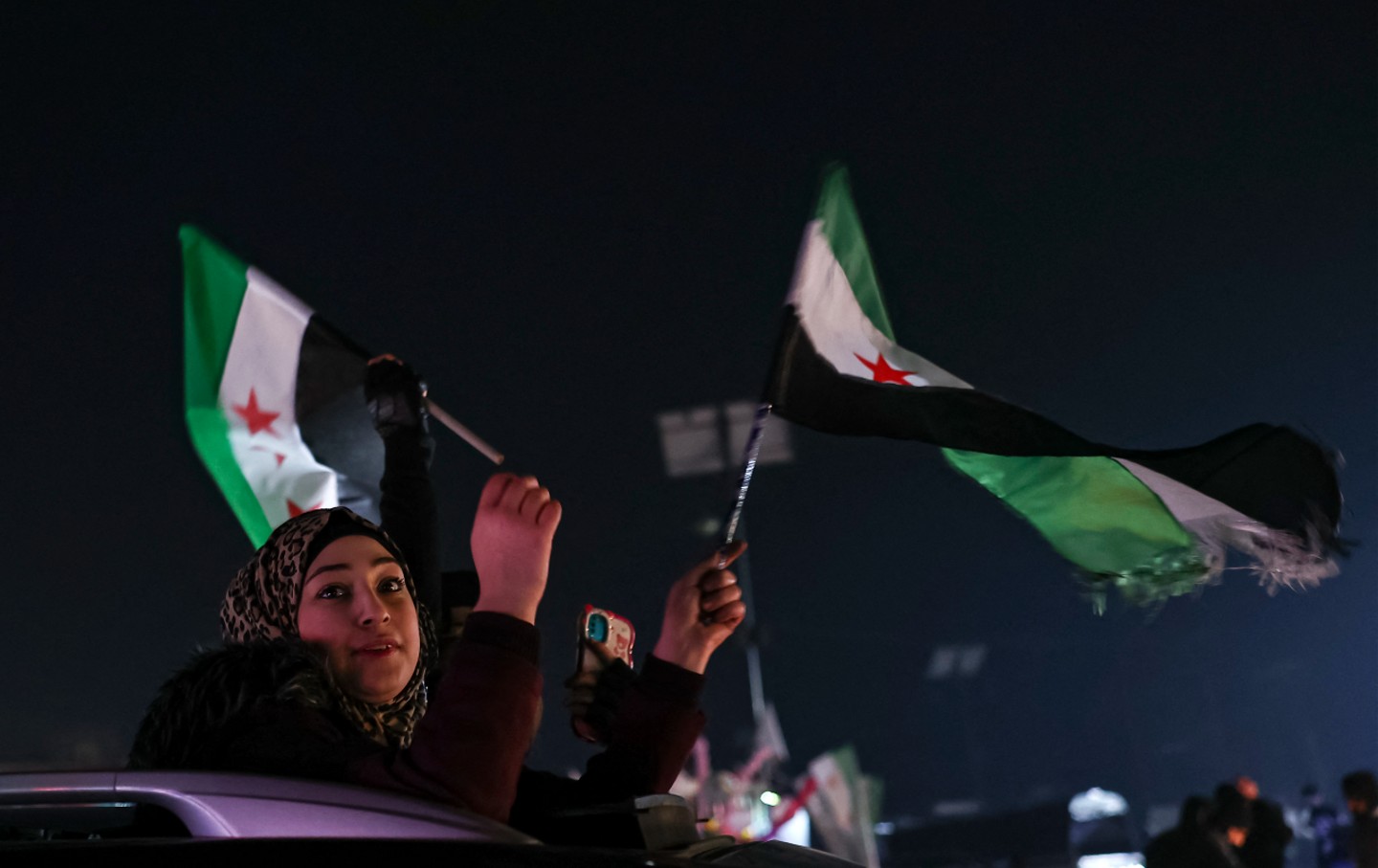
The Fall of Syria Changes Everything The Fall of Syria Changes Everything
Retired diplomat Chas Freeman and writer Pascal Lottaz discuss what happens now that Damascus is in the hands of Hayat Tahrir al-Sham.
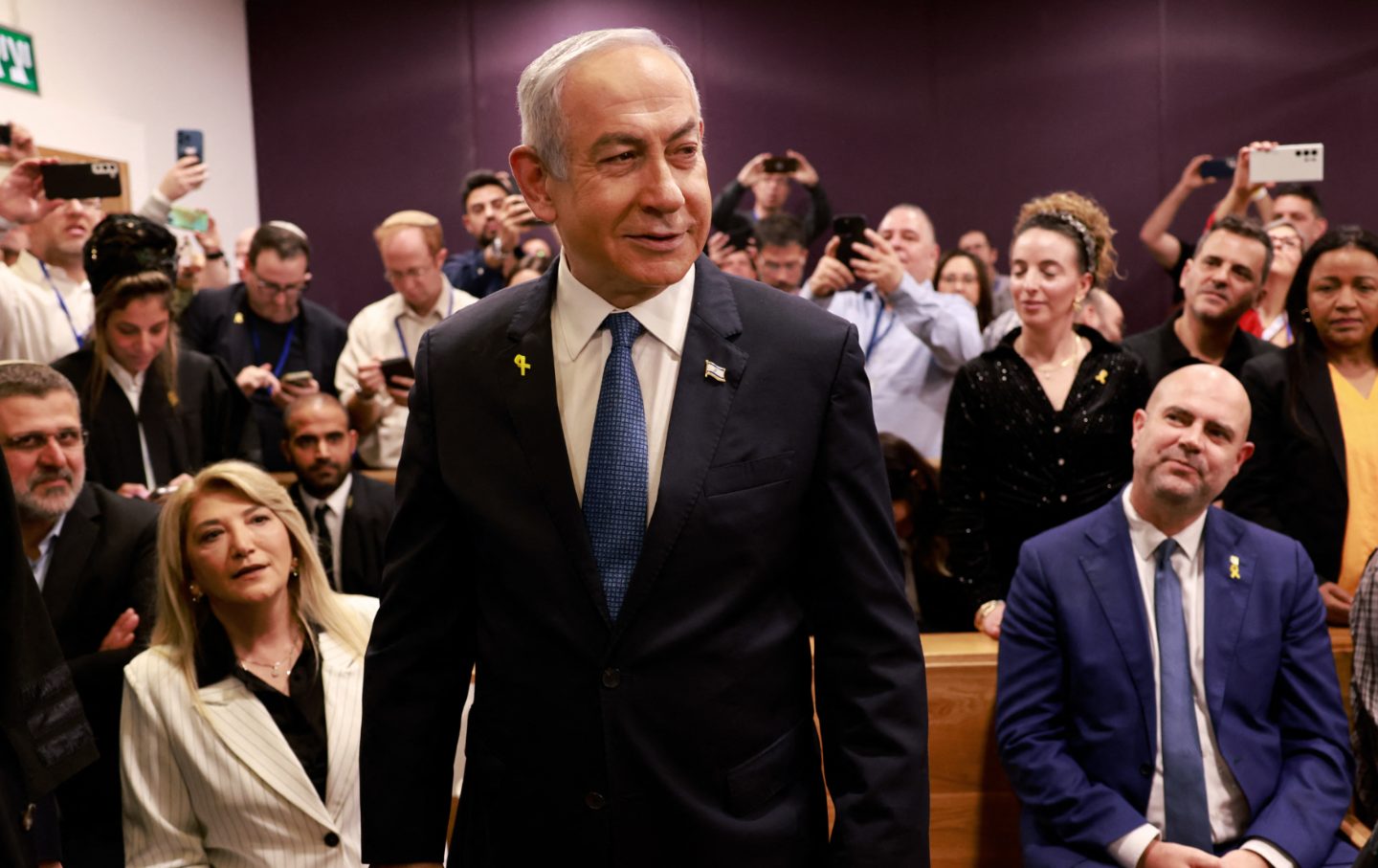
Netanyahu Must Be Brought to Justice. But We Can’t Stop There. Netanyahu Must Be Brought to Justice. But We Can’t Stop There.
This genocide is a massive criminal undertaking, and we must hold as many of its perpetrators accountable as we can.

My Brother Chef Mahmoud Almadhoun Died Because He Fed Gaza’s Starving Citizens My Brother Chef Mahmoud Almadhoun Died Because He Fed Gaza’s Starving Citizens
His killing by Israel sent a chilling message that no one is safe, including humanitarians who stand in the way of Gaza’s erasure.
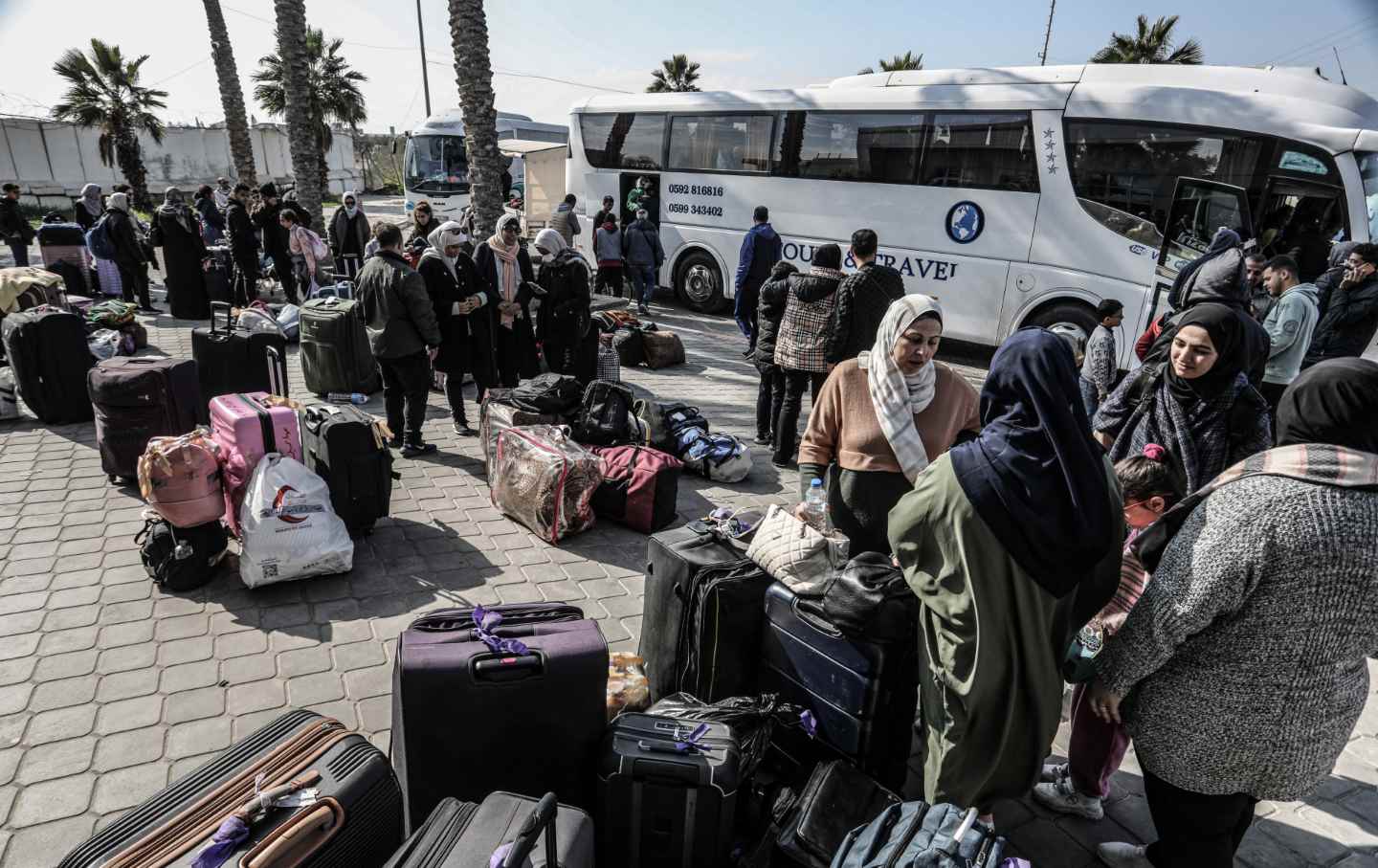
The Underground Network Helping Gazan Refugees Survive in Egypt The Underground Network Helping Gazan Refugees Survive in Egypt
A patchwork of volunteer-run mutual aid organizations has sprung up to tackle the severe problems facing people fleeing genocide.
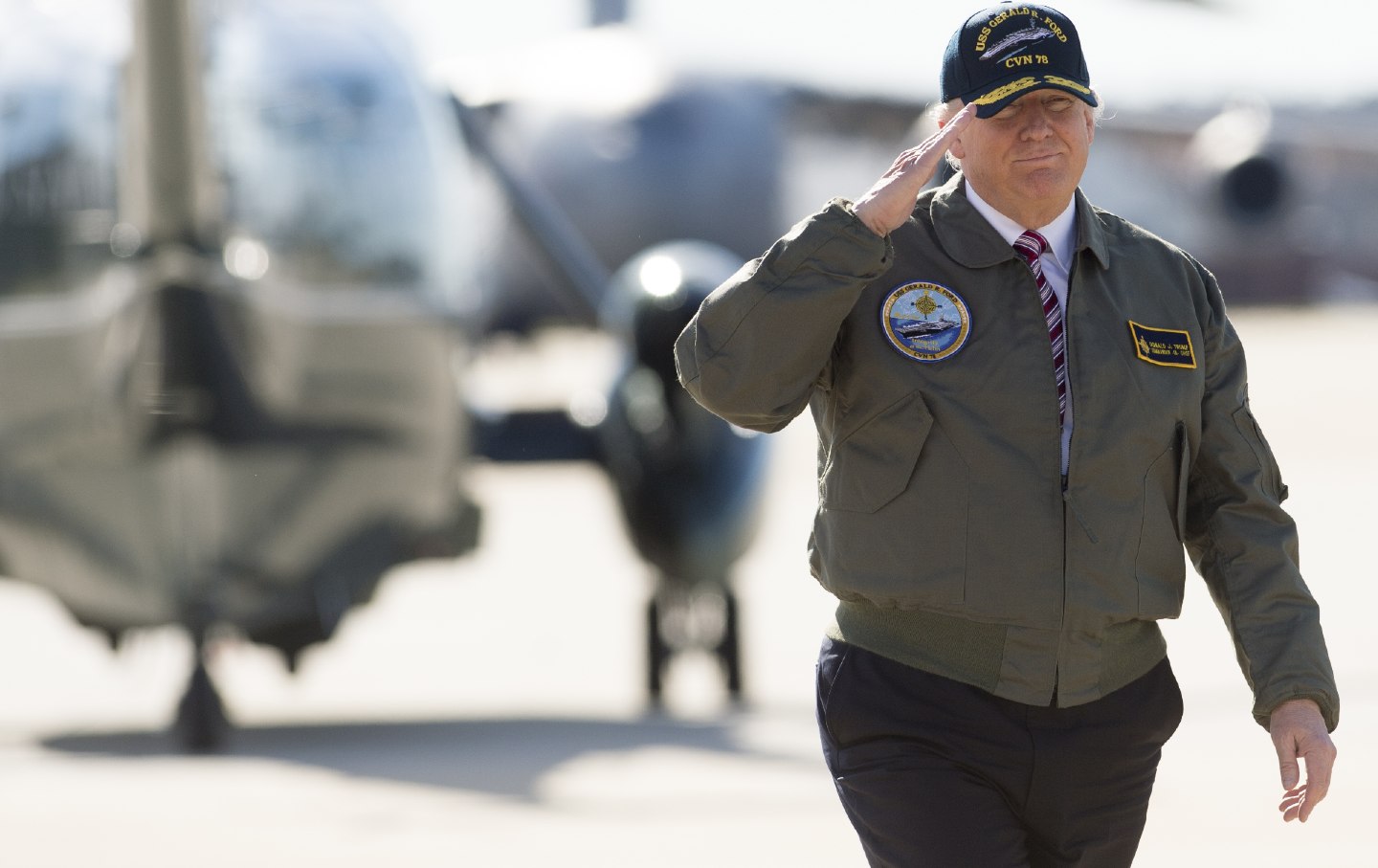
The Dangers of Trump’s Foreign Policy The Dangers of Trump’s Foreign Policy
Strategic incoherence and factionalism reign.
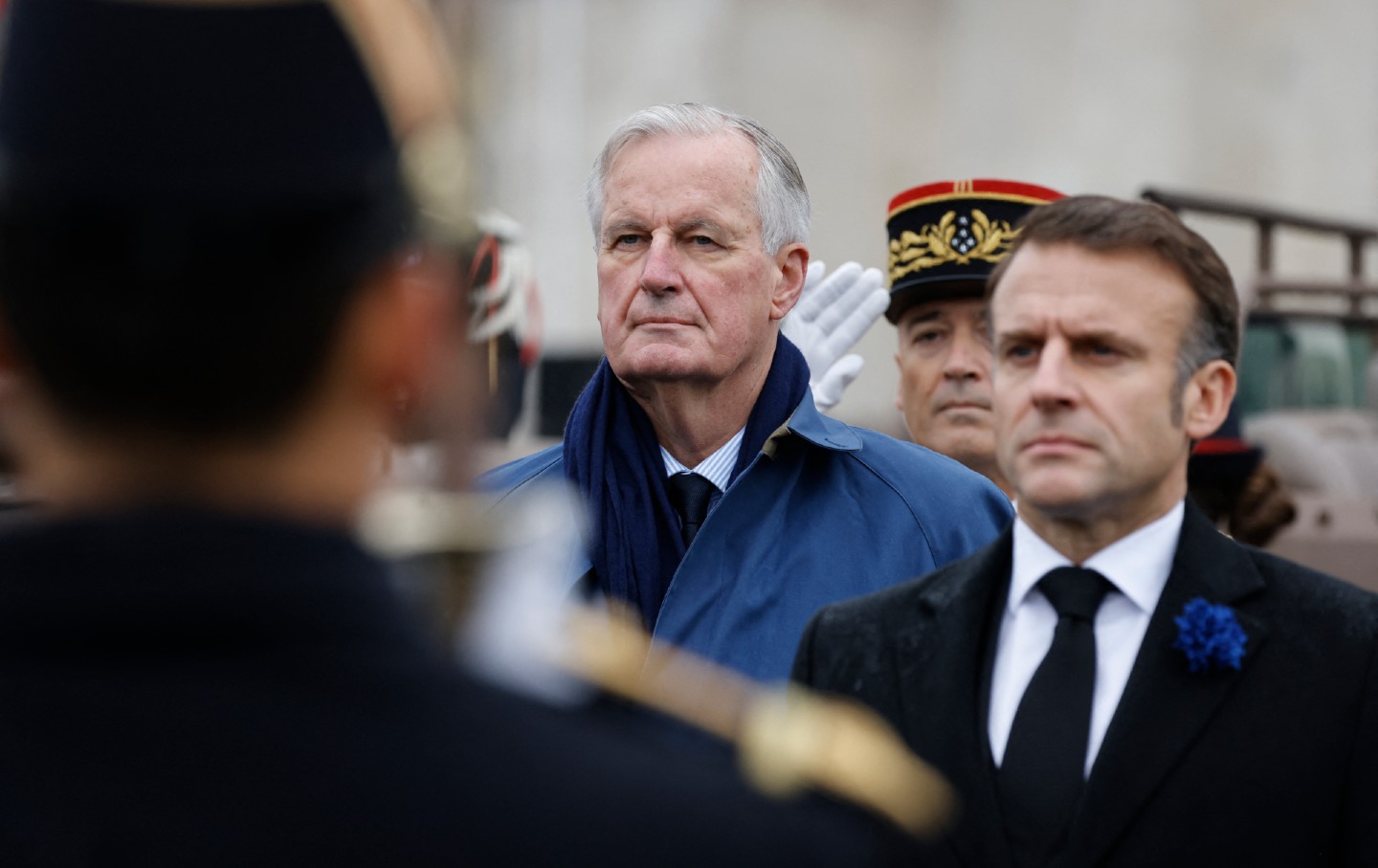
Macronism Has Died a Second Death Macronism Has Died a Second Death
The French parliament votes to oust the government.
